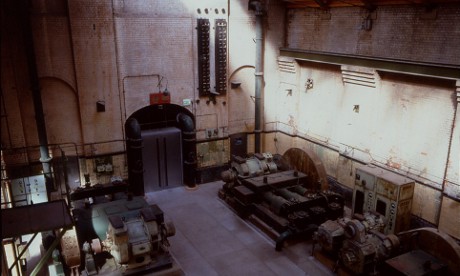The Wapping Project powers down
When The Wapping Project first decided to use the hydraulic power station in Wapping for a site specific performance 20 years ago, it was derelict and disused.
Jules Wright, founder and creative director, recalls: “It was the casual den for itinerant heroin users, but nonetheless it was one of the most exquisite buildings I had ever walked into and the area was exhilarating.
The site had no buildings surrounding it other than a crumbling warehouse opposite, which housed leading fashion designers Ally Capellino and Fake London. Painters, sculptors and architects inhabited other nearby warehouses creating a vibrant area of creativity.
“Things change however,” she says. “The warehouses are now converted. We can no longer see the river. The site is built out.”
And although the project itself has not been affected by rising property prices, it has led to other artists vacating the area. This change has not only made it impossible to hold events outside the building, but has also made it a less appealing place for them to be.
“As Wapping settles into a well-behaved neighbourhood, closer in spirit to a Surrey village than an inner London borough, and the developers move in to complete the gentrification, the time has also come for us to move on,” she says.
The closure of the site is marked with a final show that has been in the planning for almost a decade. It’s the sixth in a series of photo-cinematic tales by Jules Wright and her long-time collaborator Thomas Zanon-Larcher.
The Lady from the Sea is part installation and part a large-scale photographic essay that seeks to retell for a modern day audiences the Henrik Ibsen play of the same name. As the site’s final venture it promises to be fittingly dramatic, with visitors required to don Wellingtons as they watch the scenes play out in a recreated fisherman’s hut.
The Lady from the Sea is at The Wapping Project, Wapping Hydraulic Power Station, Wapping Wall, E1W 3SG until 22 December.

